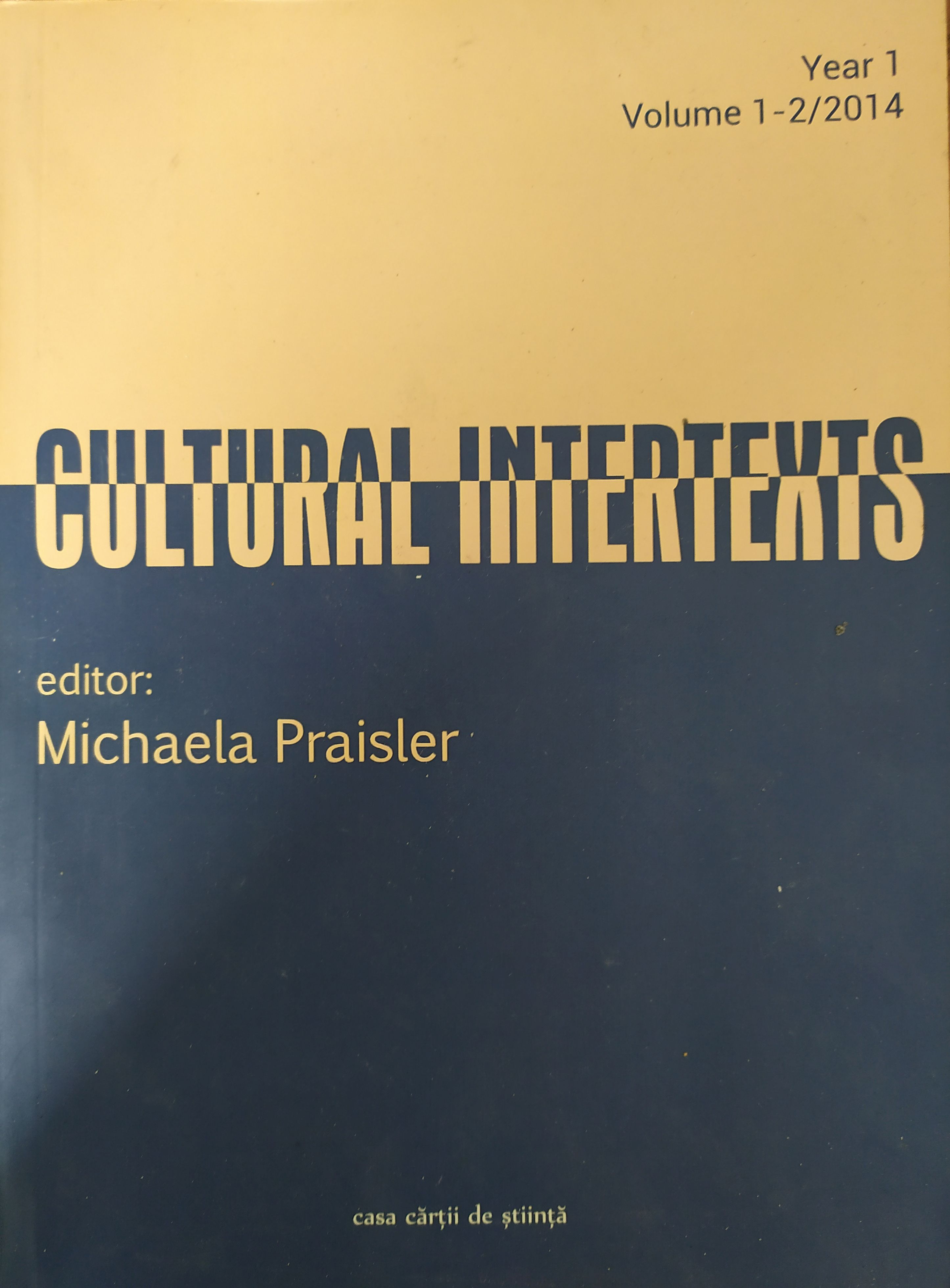Internal and External Intertextuality as a ‘Total Novel’ Formula in Noaptea de Sânziene by Mircea Eliade
Internal and External Intertextuality as a ‘Total Novel’ Formula in Noaptea de Sânziene by Mircea Eliade
Author(s): Mihaela RusuSubject(s): Romanian Literature, Sociology of Culture, Theory of Literature
Published by: Editura Casa Cărții de Știință
Keywords: European literary myths; Hindu philosophy; intertextuality; modern man; mythical man;
Summary/Abstract: One of the possible grids of analysis of Mircea Eliade’s novel Noaptea de Sânziene (The Forbidden Forest) is intertextuality, which aims at tracing the presence of a text within another text, in view of relating the author’s creativity and the reader’s vigilance. The fictional world of the novel in focus provides the reader with the image of a few intellectual characters which live their personal experience through the fundamental myths of the European space (Ulysses, Percival, Tristan and Isolde), feeling that the modern man relives the experiences of the mythical one. The quotation of a few lines from Dante’s Inferno comes to reinforce the idea that the protagonists are in search for identity in the maze of their lives, seen as an archetype of the world. War, death, and the world’s decay, which take place under their eyes, are expressed using the principles of Hindu philosophy: the world goes through a sombre age named kali-yuga, a form of dissolution which is a requisite for its (re)creation. This mixture of direct references to representative European literary works and allusions to Hindu philosophy supports Eliade’s efforts in creating the first total novel in Romanian literature, a work which provides the informed reader with a journey through literary spaces.
Journal: Cultural Intertexts
- Issue Year: 1/2014
- Issue No: 01+02
- Page Range: 252-262
- Page Count: 11
- Language: English

